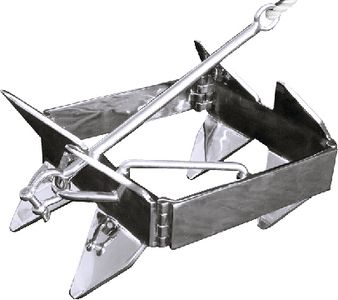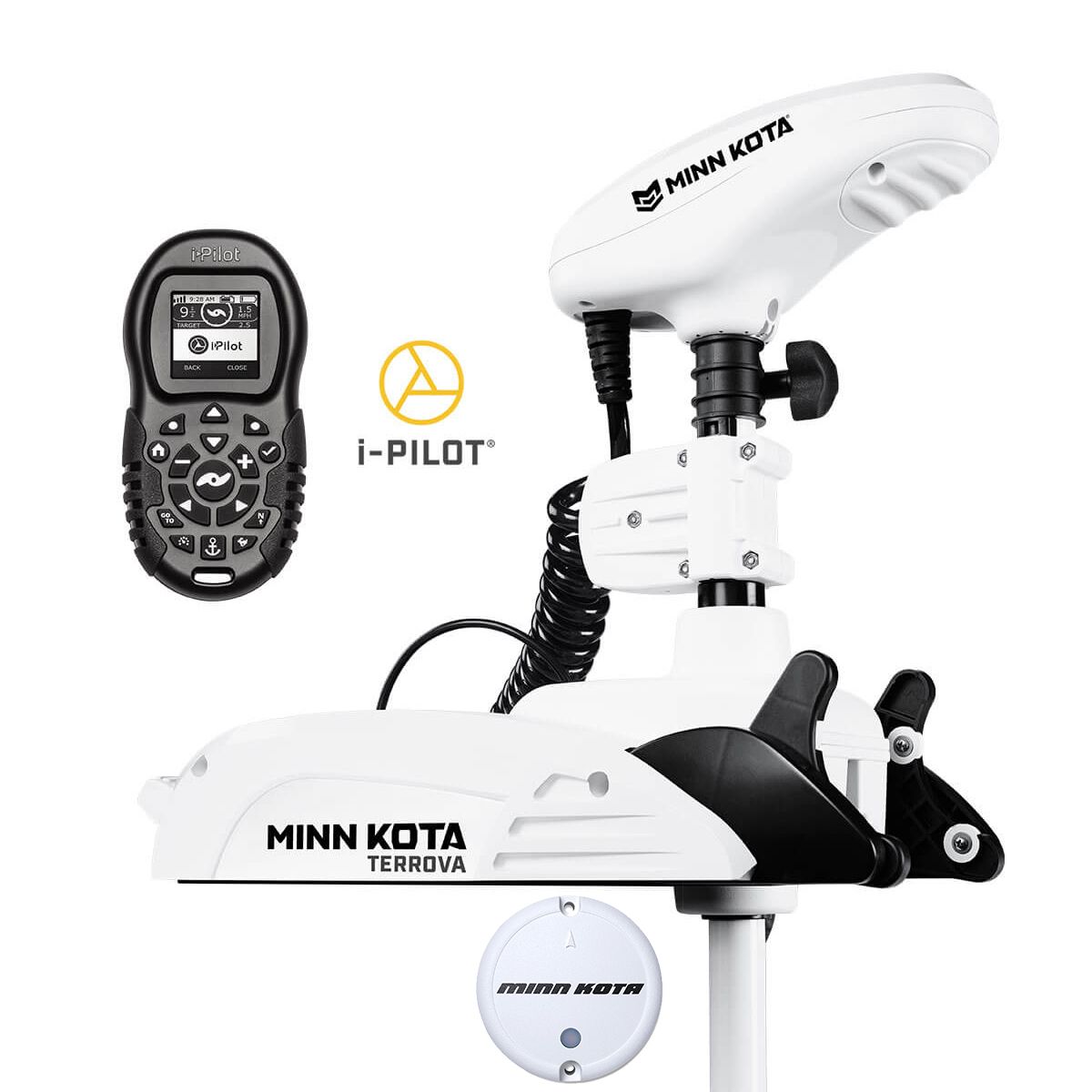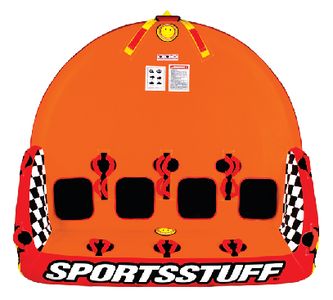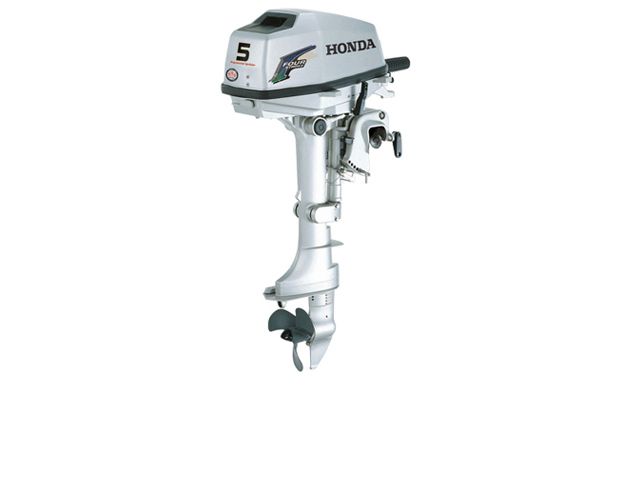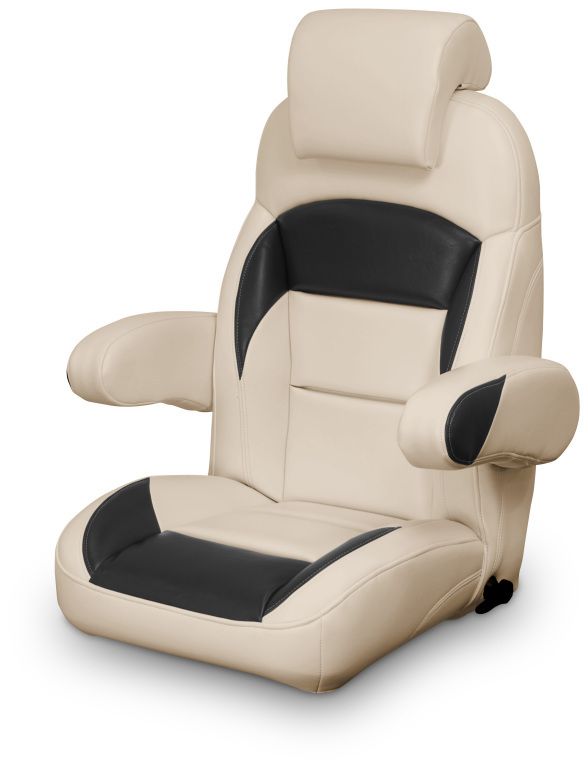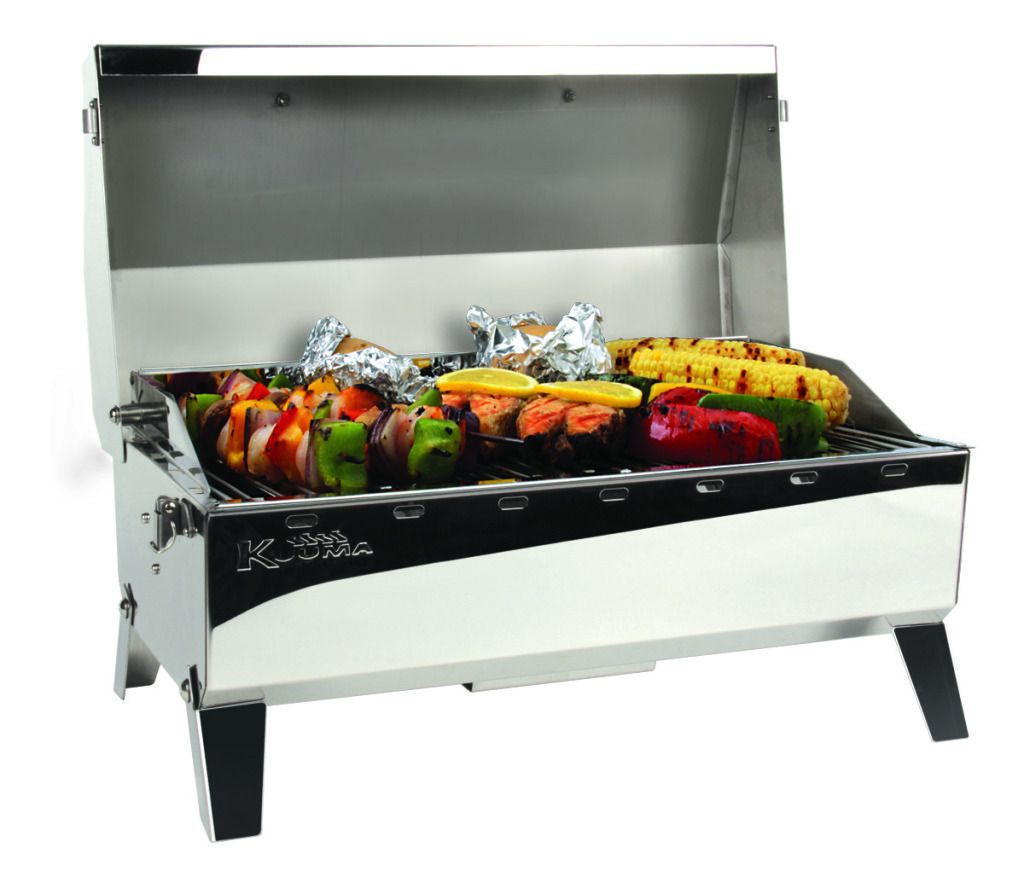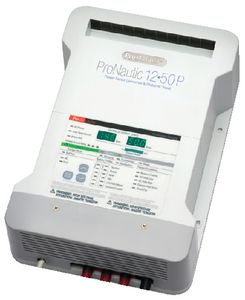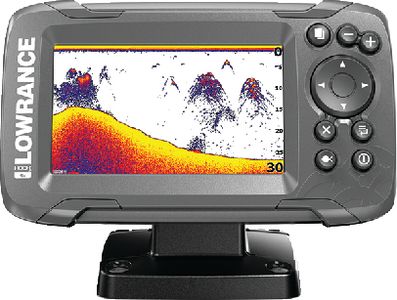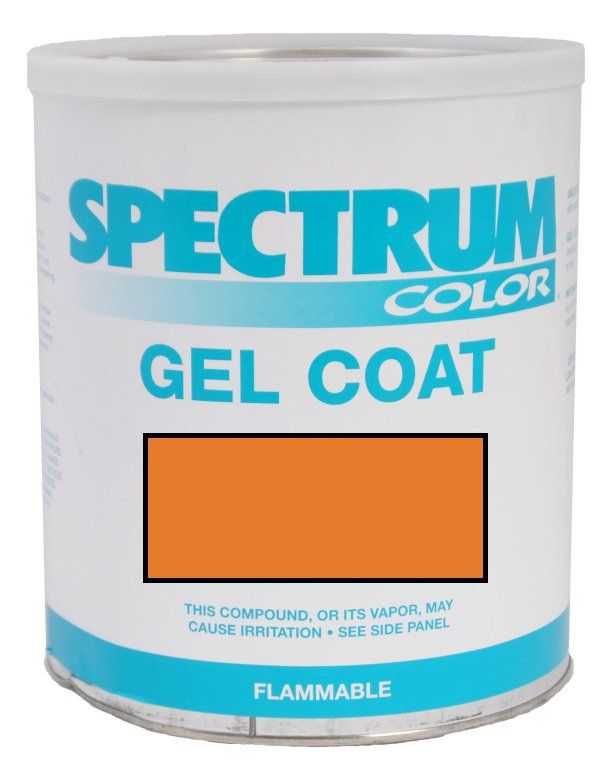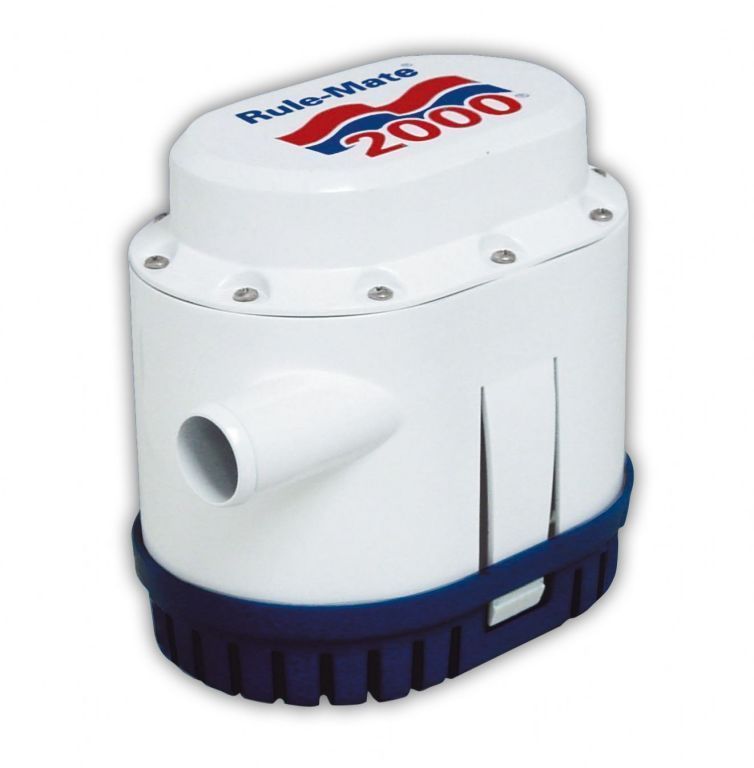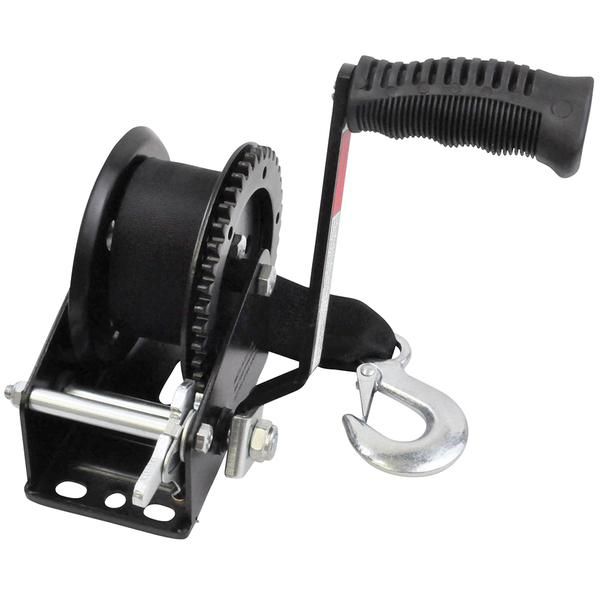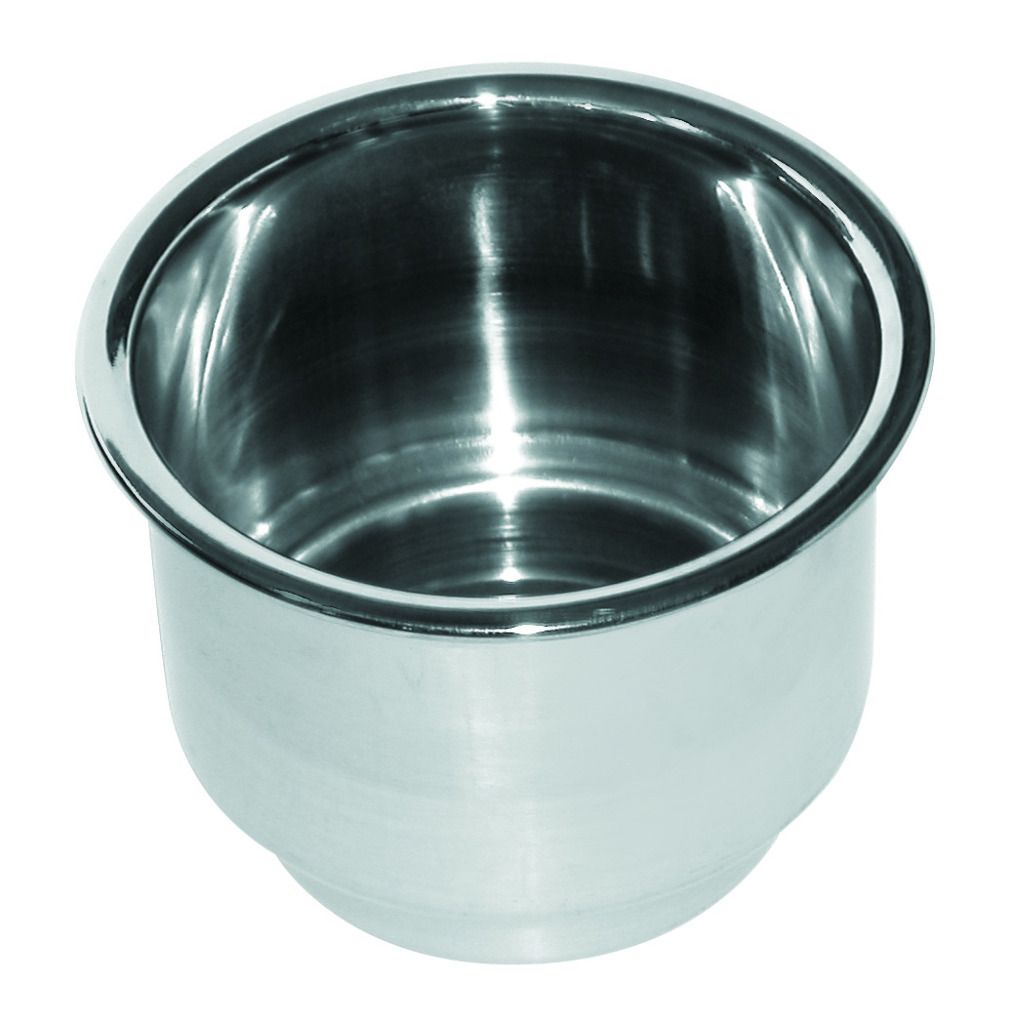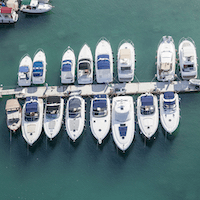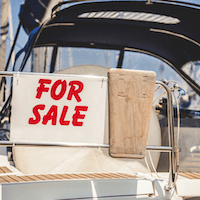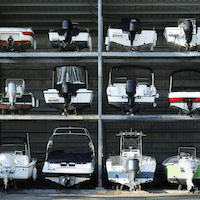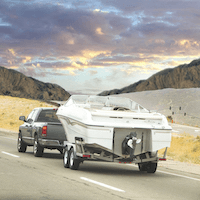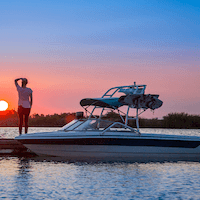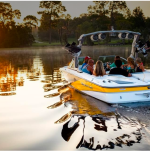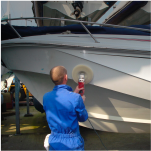Hello, all. I have a 1999 50 HP ELHPTO 2-stroke, 3-cylinder outboard (s/n 0G905364). I recently pulled the carburetors, disassembled, cleaned (I love my ultrasonic cleaner!), and reinstalled. I recorded where each of the carbs' idle adjust screws were before disassembly (all around the recommended 1 1/4 turns out from bottom). The engine fires right up, but I want to properly set the carburetor idle screws
I understand the link & sync process, engine idle adjustment, etc. What I don't understand is the process to adjust the individual carburetor's idle screws. How do tune this? I know how to adjust the carb on an engine with just one, but I've never done this for a multi-carb engine.
I understand the link & sync process, engine idle adjustment, etc. What I don't understand is the process to adjust the individual carburetor's idle screws. How do tune this? I know how to adjust the carb on an engine with just one, but I've never done this for a multi-carb engine.

